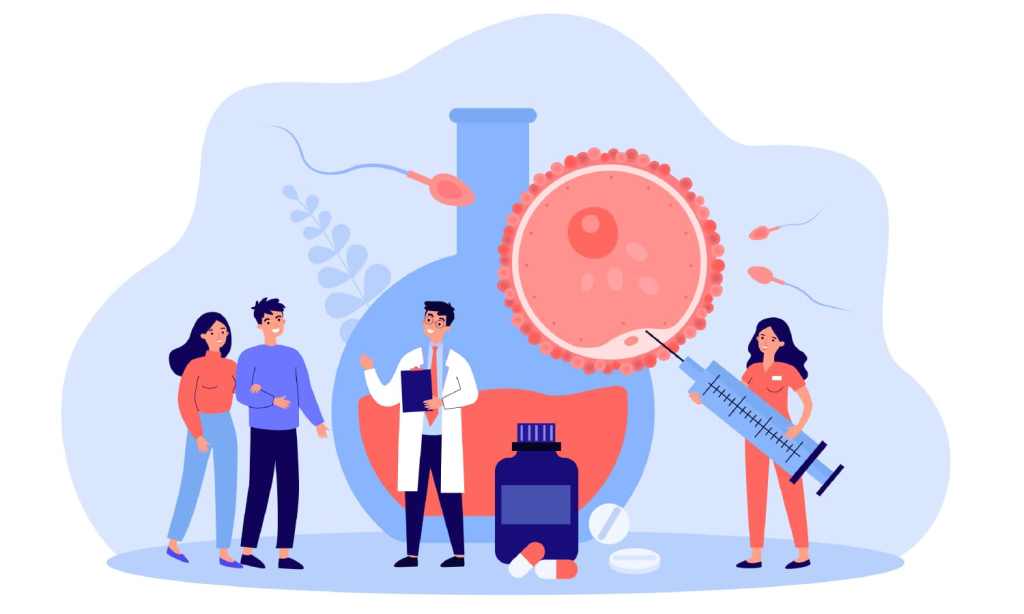Getting IVF treatments can be nerve-racking, stressful, and expensive. However, the NSW Government is aiming to help out those couples who will be getting this procedure. They’re doing so by giving out around 12,000 cash rebates.
These rebates will lower the cost of getting IVF treatments by up to $2,000. According to NSW Health, this is the first government IVF scheme to take place in Australia.
For some families, this cashback scheme might be immensely helpful, as getting IVF treatments can be notoriously pricey. According to IVF Australia, the cost of one cycle is around $10,275.
Treasurer Matt Kean acknowledged this reality when discussing his government’s plan. He said, “We know that the costs of these treatments can be prohibitively expensive.”
Kean also expressed, “No-one should have to face the impossible choice between looking after their household budget and starting a family. I’m so proud NSW continues to lead the nation, helping thousands of families fulfil their dream of having a baby.”
Moreover, IVF treatments aren’t always successful. IVF Australia outlines that the live birth rate of a fresh embryo transferred into a patient that is under 34 years old is 38.9%. The live birth rate of a fresh embryo transferred into a patient that is over 43 years old is 5.6%. Both of these statistics are about patients that used their own eggs.
“Fertility challenges can be stressful and heartbreaking,” stated Minister for Women Bronnie Taylor.
“I hope that by lowering the cost of treatments, we can help more women on their journey to start a family.”
It’s worth noting that the NSW Government is doing more than just implementing this cashback plan. They’ll also increase the number of fertility preservation services for people with illnesses such as cancer, provide five days of paid fertility treatment leave for NSW public servants, and extend rebates for pre-IVF fertility tests.
The $2,000 IVF rebate program will kick off at the start of 2023. However, if you’ve had an eligible procedure from October 1 of this year, then you’ll be able to send in a claim when the payouts start happening.
Read more stories from The Latch and subscribe to our email newsletter.







